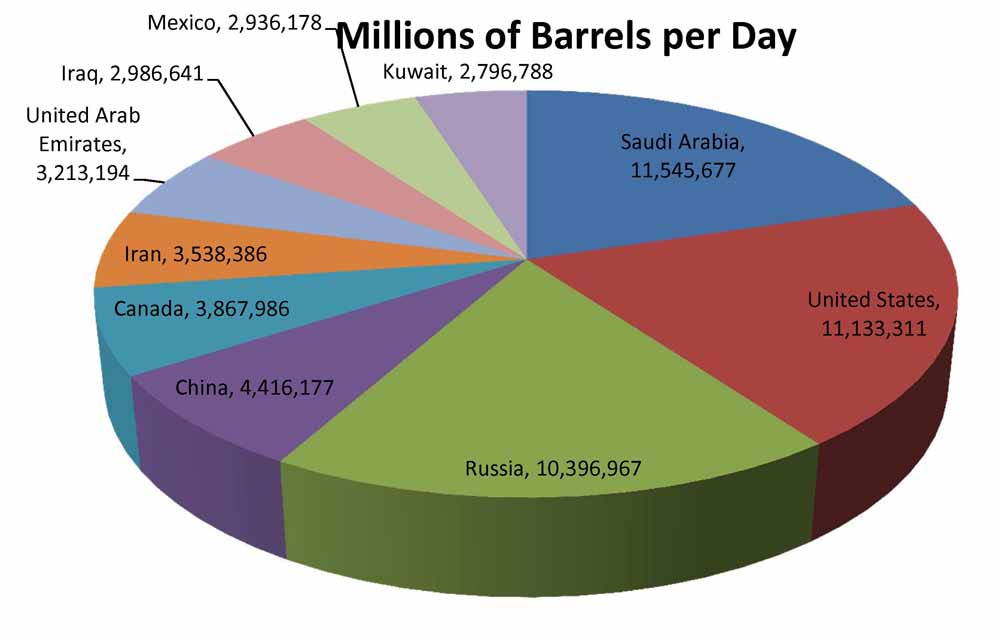

Direct primary energy consumption from fossil fuels, nuclear and renewables. Death rates per unit of electricity production. Consumption-based energy intensity per dollar. Resource Watch also displays data on renewable energy consumption. Consumption-based (trade-adjusted) energy use per person. The country leads the world in per capita fossil fuel consumption, at 18 metric tons per person per year. Equatorial Guinea has a relatively small population of just over 1.2 million people and is one of the top oil-producing countries in sub-Saharan Africa. The attention of the Management of National Bureau of Statistics has been drawn to an online publication titled NBS Recruitment 2023/2024 Job Application. Per capita figures expressed per 1,000 population. Nigers current oil production capacity is 20 Kbopd, which is mainly sold domestically with some also exported to northern Nigeria. The discrepancy between the amount of oil produced and/or imported and the amount consumed and/or exported is due to the omission of stock changes, refinery gains, and other complicating factors.

Many of these are countries that also produce a lot of fossil fuels. This entry is the total oil consumed in barrels per day (bbl/day). The United States consumes twice that amount per person.īut the United States is far from the top when it comes to per capita fossil fuel consumption: seven countries (Equatorial Guinea, Estonia, Singapore, Qatar, Trinidad and Tobago, United Arab Emirates, Kuwait) consume 10 or more tons of fossil fuels per person. That’s about 3.4 metric tons per person per year. China’s population of 1.38 billion consumes about 4.7 billion metric tons of fossil fuels per year, 31 percent of global consumption. The United Arab Emirates is an OPEC member, and has ranked among the worlds top 10 oil-producing countries for decades. The countries consuming the most fossil fuels probably aren’t surprising because they’re home to about 43 percent of the world’s population.


 0 kommentar(er)
0 kommentar(er)
